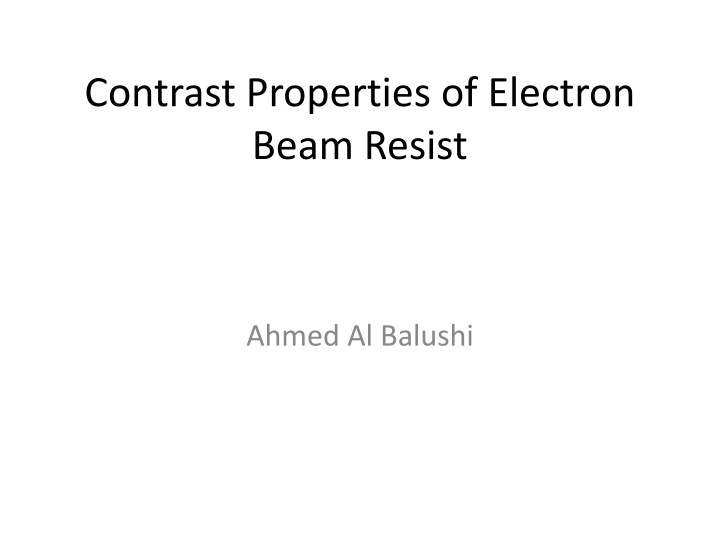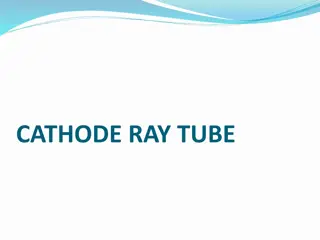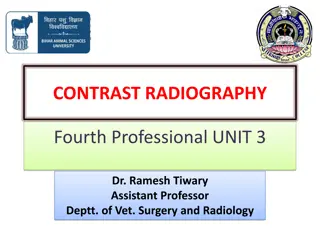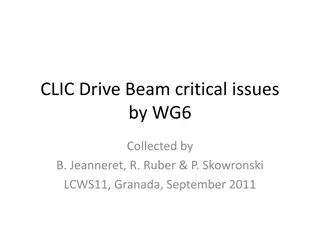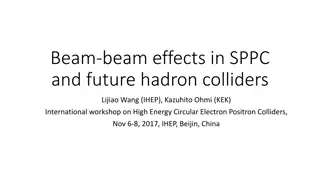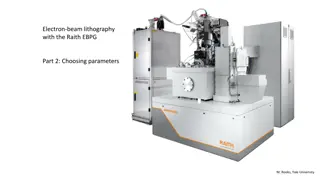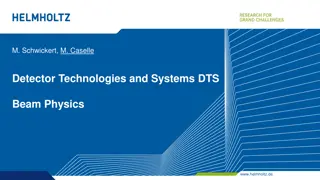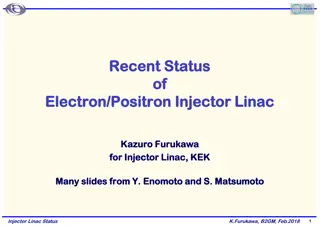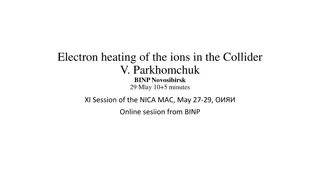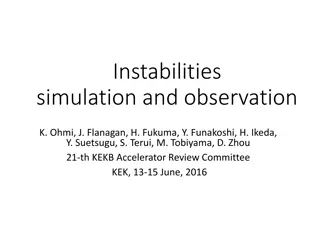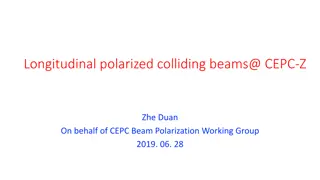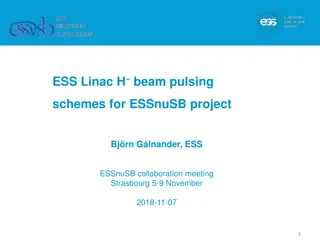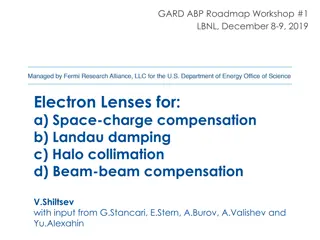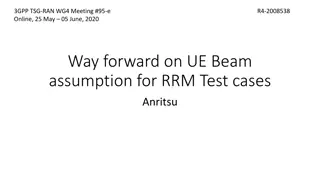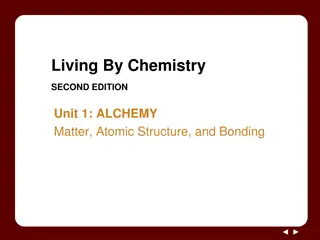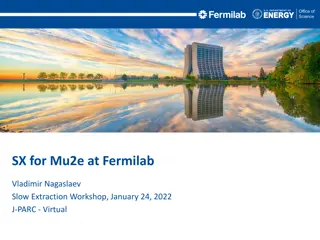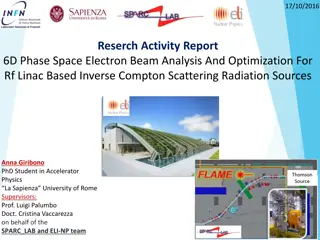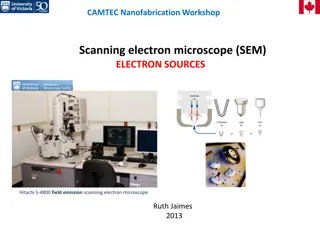Contrast Properties of Electron Beam Resist
In the field of electron beam lithography, the contrast properties of resist materials play a crucial role in determining sensitivity and resolution capabilities. Sensitivity and contrast are key factors derived from resist development curves, with the steeper the slope indicating higher resist contrast. Development curves, contrasting materials like HSQ and SU-8 resists, and the impact of development conditions on resist contrast are explored in detail.
Download Presentation

Please find below an Image/Link to download the presentation.
The content on the website is provided AS IS for your information and personal use only. It may not be sold, licensed, or shared on other websites without obtaining consent from the author.If you encounter any issues during the download, it is possible that the publisher has removed the file from their server.
You are allowed to download the files provided on this website for personal or commercial use, subject to the condition that they are used lawfully. All files are the property of their respective owners.
The content on the website is provided AS IS for your information and personal use only. It may not be sold, licensed, or shared on other websites without obtaining consent from the author.
E N D
Presentation Transcript
Contrast Properties of Electron Beam Resist Ahmed Al Balushi
Overview Resist materials Sensitivity Contrast Development curves Resist contrast Conclusion Q&A
Resist Materials Important properties of resist are: Sensitivity Contrast Linked to resolution capability of resist
Sensitivity and contrast are derived from a resist development curves Resist A has higher contrast Resist A has higher sensitivity
Development Curves development curves, also called contrast curves, are obtained by exposure and development of a series of large square patterns with different exposure doses The remaining resist thickness is measured against the exposure dose, which generates the development curves
Resist Contrast Resist contrast is defined by the slope of a development curve and expressed as: 1 = D log log D 10 1 10 0 where D1 is the exposure dose at which the resist is fully exposed D0 is the exposure dose at which the resist starts to be exposed The steeper the slope, the higher the resist contrast
Resist Contrast The steeper the slope is, the higher the resist contrast. Resist contrast is an inherent property of a resist material. However, development conditions can have some influence on it.
Development curves of HSQ negative-tone resist exposed at different e-beam energies Contrast curve of SU-8 resist
Resist contrast By the appearance of contrast curves of these two resists, one can immediately tell that the HSQ resist has higher contrast. The contrast of negative-tone resist HSQ is 2.8 Another negative-tone resist, SU-8, has a contrast of only 0.92, as measured from contrast curve shown in the figure
Resist Contrast Apart from measuring the slope of resist contrast curves, another direct way of judging the resist contrast is to observe the resist profile after development. High contrast resist
Resist contrast High contrast is always desirable because: It enables resist profiles after development to have vertical sidewalls and high aspect ratios Facilitate pattern transfer Enable lithography of high density patterns
Thank You Q&A
